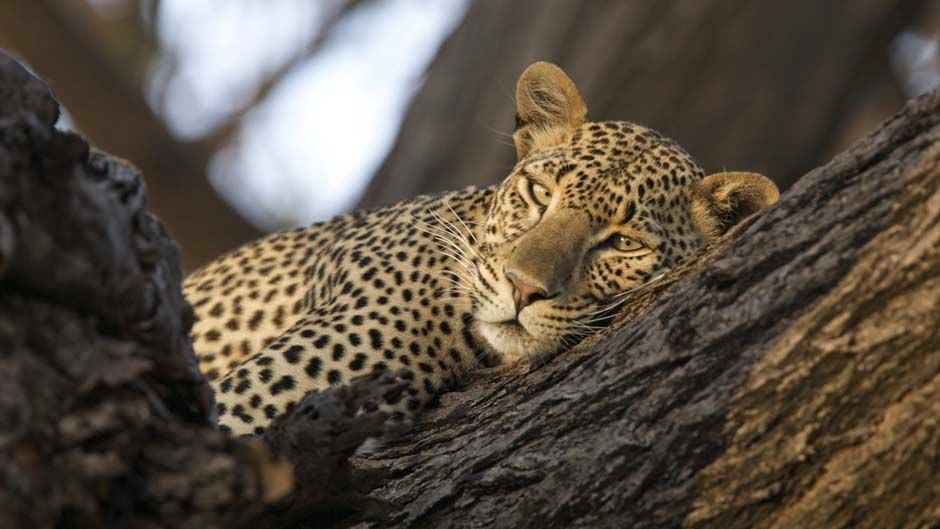LAKE MAGADI
Rarely visited by
tourists because it is located in a remote area at the
Kenyan south border with Tanzania, Magadi area is known for being one of the hottest and driest place of
Kenya and for its pinkish mirror-like
soda lake.
A visit to Magadi lake is a nice one-day safari from Nairobi and it is worth a visit for its general landscape, for the wonderful colours of its soda water and for its
birdlife.
The town of Magadi as well as the soda lake are owned and exploited by a multinational company who export the valuable sodium carbonate.At only two hours drive from Nairobi and located in the heart of Maasai land in southern Rift Valley, Magadi is a perfect one-day excursion to see how a semi-solid soda lake looks like.
HOW TO GET THERE:To go to Magadi, leave Nairobi City center through Langata Road. After the Nairobi
National Park (2 km), turn left on the Magadi Road (C58). Along this road, you will pass through the populated Ongata Longai and Kiserian towns, then pass over the Ngong Hills (2,460m - 8,070 ft.) to plunge into the arid plains of the Rift Valley (600 m - 1,970 ft.).
Distance Nairobi-Magadi : 110 km
PLACES TO VISIT: OLORGESAILIE PREHISTORIC SITE : This
prehistoric site, covering an area of 52 acres and discovered by Louis and Mary Leakey in
1942, has been donated to the
Kenyan Government by the Maasai community. This site comprised six different
excavated areas where you can see hand-axes, cleavers, various other tools and animal bones. Most of these finds have been left in place and protected by shaded roof. The site has also an
exposition center at the entrance which develops further the importance of the discovery. From sediments dating, the site was probably abandoned more than 200'000 years ago. There is possiblity to camp in the site or spend a night in the four bandas (without bed linnen) available. Reservation can done through the Nairobi National
Museum
WILDLIFE IN THE AREA : Magadi is one of the best location for watching
birds. You can at some point approach
flamingoes more closely than in Nakuru lake. Other birds seen in the area are heron, pelican, spoonbill, etc. The best place for bird watching is along the road crossing the two upper branches of the lake where fresh water running down from the forest brings
diversity in life. In addition to the birdlife, mammals are abundant as Magadi is between Maasai Mara N.R. and Amboseli N.P. But, large
mammals are very discreet during the day. Common mammals are giraffes, warthogs, some gazelles and antelopes and zebras/gnus in July-August. Note the presence of the rare Chandler's mountain reedbuck, rarely seen in
Kenyan National Park and of the black rhinoceros.
LAKE FACTS: Altitude : 630 m (2,067 ft.)
Lake area : approx. 200 km2
Localisation : South of Kenya at the
Kenyan/Tanzanian border
Distance : 110 km from Nairobi
Attractions :
o Typical soda-lake in a hot environment.
o Public swimming pool in Magadi town.
o
Flamingos.
o Southern track : Hot springs around the lake and roadway going to Lake Natron.
o Eastern track : Abundant bird lige and roadway going to Nguruman escarpment (crossing the lake).
o Olorgaisalie Prehistoric Site on the way to Magadi
o Majestic
landscapes when passing over the Ngong Hills
LIST OF ANIMALS WHICH CAN BE SEEN IN THE MAGADI AREANote mammals seen in Magadi area includes animals seen in the plains going from the Nguruman escarpment and Lake Natron to Ngong Hills.
Antelopes and gazelles (per alphabetic order) :
Bushbuck - Dik-dik (Kirk's) - Duiker (Common) - Gazelle (Grant’s) -
Gazelle (Thomson's) - Gerenuk - Gnu (White-bearded) - Hartebeest (Coke's) - Impala -
Klipspringer - Oryx (Fringe-eared) - Reedbuck (Chanler’s mountain) - Steinbok
Other ungulates and mammals :
Giraffe (Maasai) - Hyrax (Bruce’s) - Hyrax (Eastern Tree) - Hyrax (Rock) - Hyrax (Southern Tree) - Rhinoceros (Black) - Warthog (Common) - Zebra (Common)
Carnivores :
Aardwolf - Caracal - Cat (African Wild) -
Cheetah - Civet (African) - Fox (Bat-eared) - Genet (Small-spotted) - Hyena (Spotted) - Hyena (Striped) -
Leopard - Lion - Mongoose (Banded) -
Mongoose (Dwarf) - Mongoose (Grey) - Mongoose (Marsh) - Mongoose (Slender) - Mongoose (White-tailed) - Ratel - Serval - Zorilla
Primates :
Baboon (Savannah)
Others (rabbits, hares, insectivores)
Hare (Cape) -
Hare (Spring)
Vegetation :No description.
LODGE,TENTED CAMPS AND HOTELS:
SHOMPOLE CAMP"A unique and artistically appointed camp bordering soda Lakes Natron and Magadi and the edge of the Nguruman Escarpment, and using natural materials, smooth white walls and water to create a fresh and unusual approach to the bush experience."
For more information visit our website: http://sunriseafricasafaris.com/
For reservations:
tours@sunriseafricasafaris.com
;
info@sunriseafricasafaris.com
Tours in Kenya :Kenya Tours
Follow us on Skype:sunriseafricasafaris











